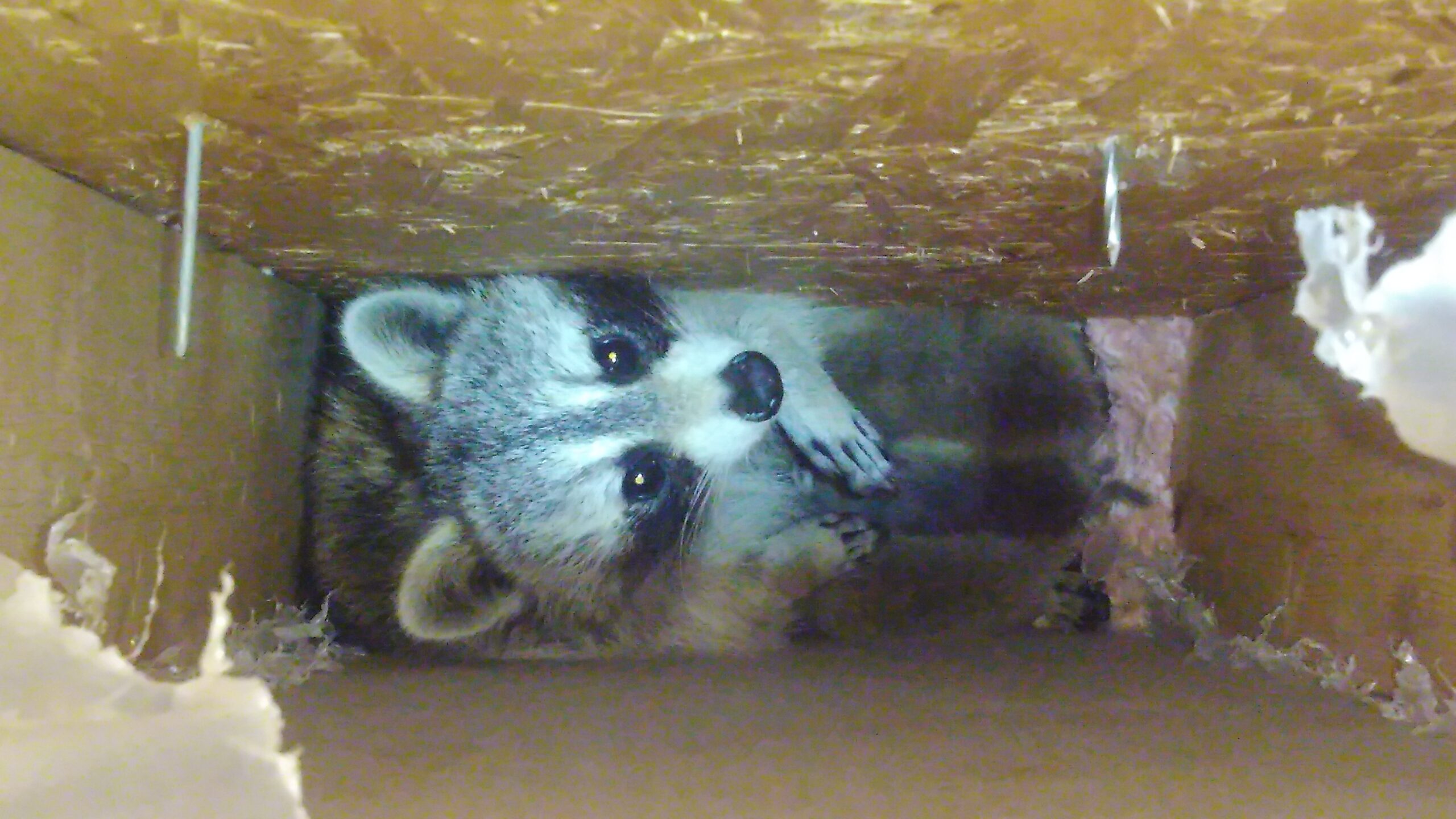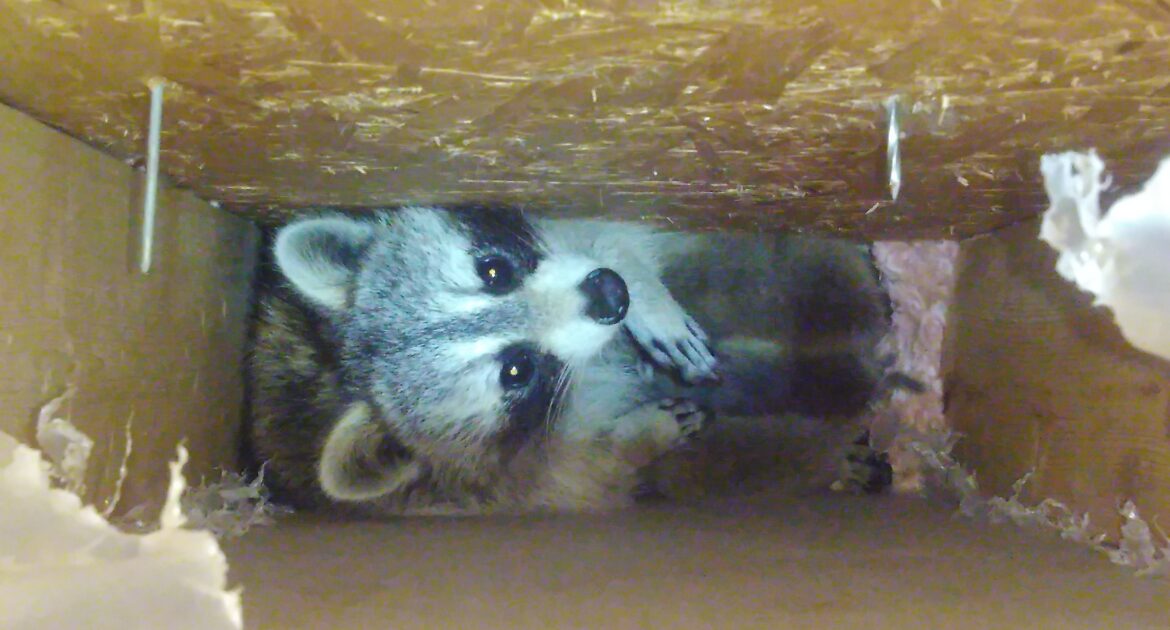Raccoons, like many wildlife, like to establish nests in the early summer months. These nests can become a bit of a hazard for homeowners because raccoons like to build them underneath decks and sheds. Unfortunately, many homeowners do not realize they can call raccoon removal in Oshawa because the animal is outside. Many homeowners believe if the animal is not inside the home, there is nothing for wildlife control to do, but that is incorrect.
Anytime a wild animal invades your home or property, including underneath decks or other external structures, you can call a wildlife removal service for help. The service will typically send a team of qualified technicians to assess the problem before coming up with a solution.
Raccoons Are Feisty and Can be Dangerous
Despite the animal’s cute features and gentle-like appearance, a raccoon will not take kindly to being forced from its nest. Do not attempt the physical removal of the animal. Call a professional.
If you must remove the animal because you cannot afford professional assistance or some other reason, it is best to use humane harassment. Using a few techniques can potentially encourage the animal to leave your property without ever having to see it.
Understanding Humane Harassment
Raccoons are sensitive critters, and they prefer the dark and quiet. The best way to gently and humanely persuade a raccoon to leave your property is to demonstrate your house and deck as a counter to the animal’s preferences.
Start by increasing the light around your deck. More specifically, you will want to place a bright light at the den entrance, just outside. By increasing the amount of light in the area, you reduce the animal’s sense of security.
Next, increase the noise level in the area. However, don’t play music as songs are not threatening for a raccoon. Instead, find a talk station and leave it on. Raccoons know human voices, and they want to stay clear.
If neither strategy works alone or in tandem, you might want to add scent to the mix. Using apple cider vinegar or rags soaked in ammonia, you can attempt to deter the animal. Unfortunately, scent is the least effective tool against raccoons.
Deterring the animal using all three methods will take patience. It is best to use all three methods simultaneously and for three days and nights. Afterward, stuff a few sheets of paper in the den opening, leaving it for another three days and nights. If the paper is still in the opening with no signs of movement, the raccoon has likely abandoned the nest.
Now, with confidence the animal is gone, you can temporarily patch the entry hole with ¼ inch wire mesh. However, to be certain the animal is gone, you might need to take a peek under the deck or call a wildlife control technician to inspect the area.
Do Not Use Traps
While traps are commercially available and appear easy enough to use, you should never trap an animal without first knowing the regulations in your area. Also, if you do decide to trap the animal, do not relocate it. Relocating a raccoon is incredibly dangerous for you and the animal. Most raccoons that are relocated will not survive.
Do you have a raccoon living under your deck or shed? Do not attempt to remove the animal on your own. Raccoons can become quite vicious when they feel threatened, especially when protecting their young. Instead of risking injury to yourself or the animal, contact Skedaddle Humane Wildlife Control. The company will send a qualified technician or team to your property for an assessment and to provide a solution. Once a plan is in place, the removal might take several days.




